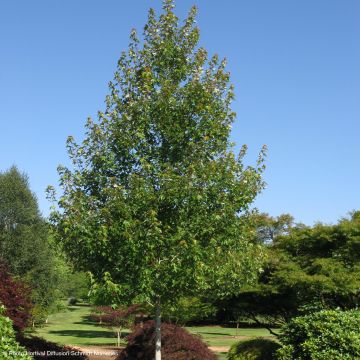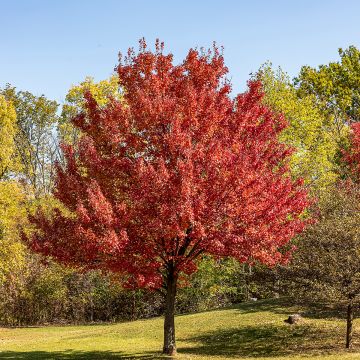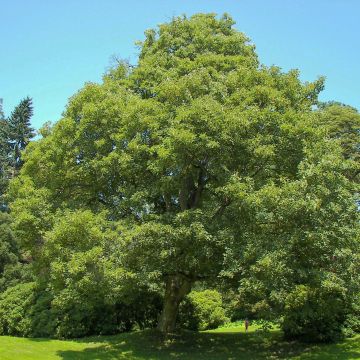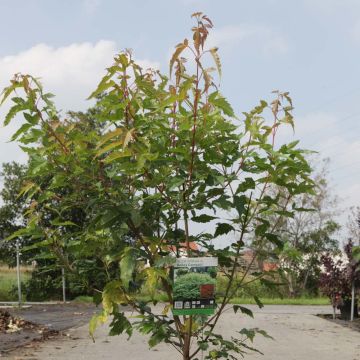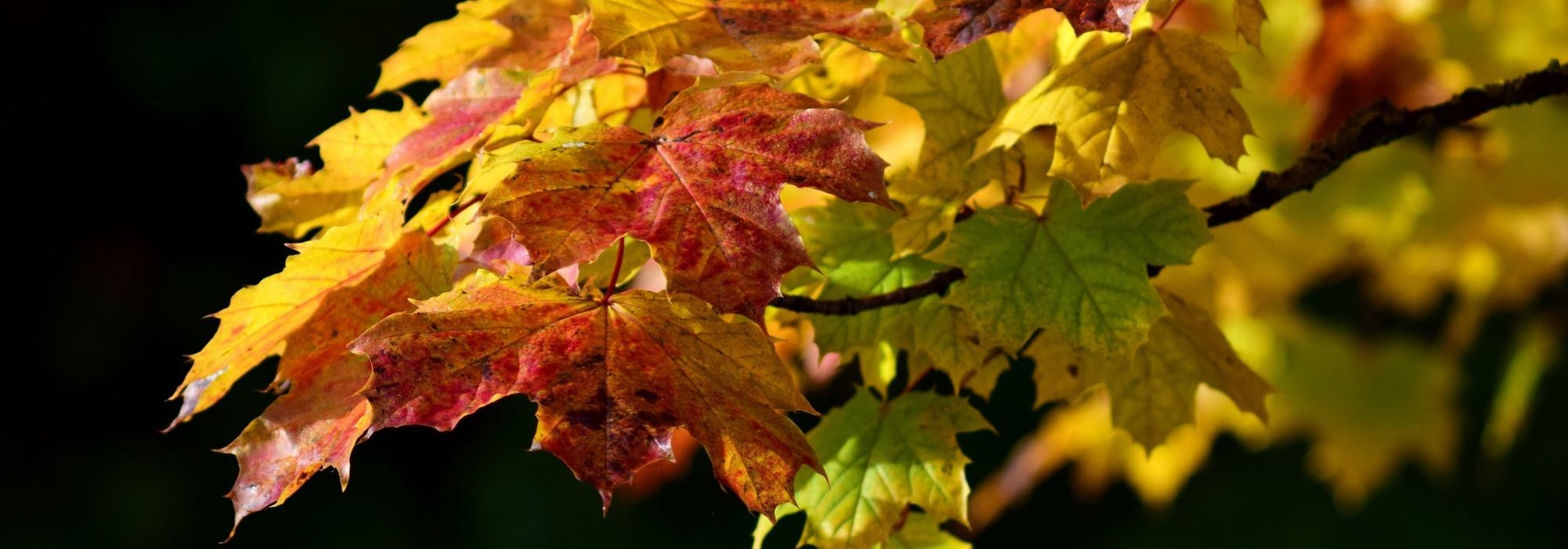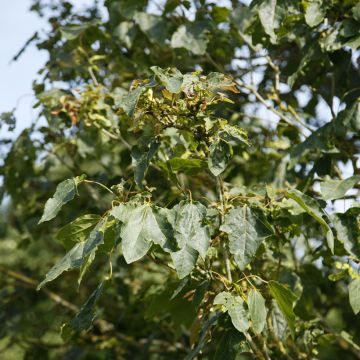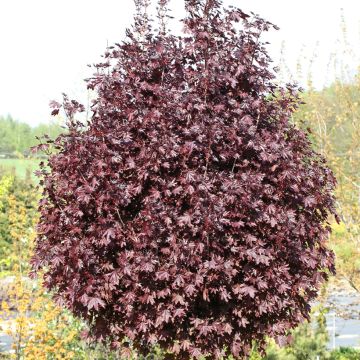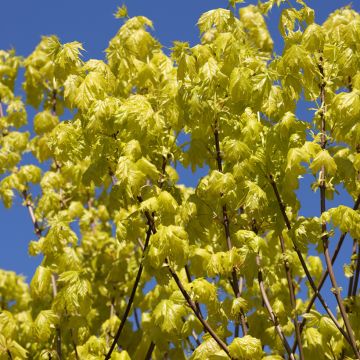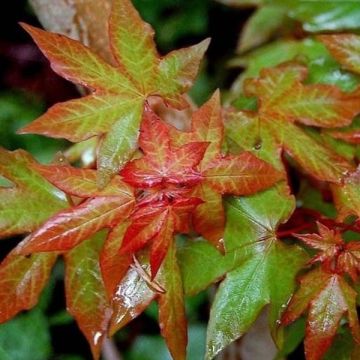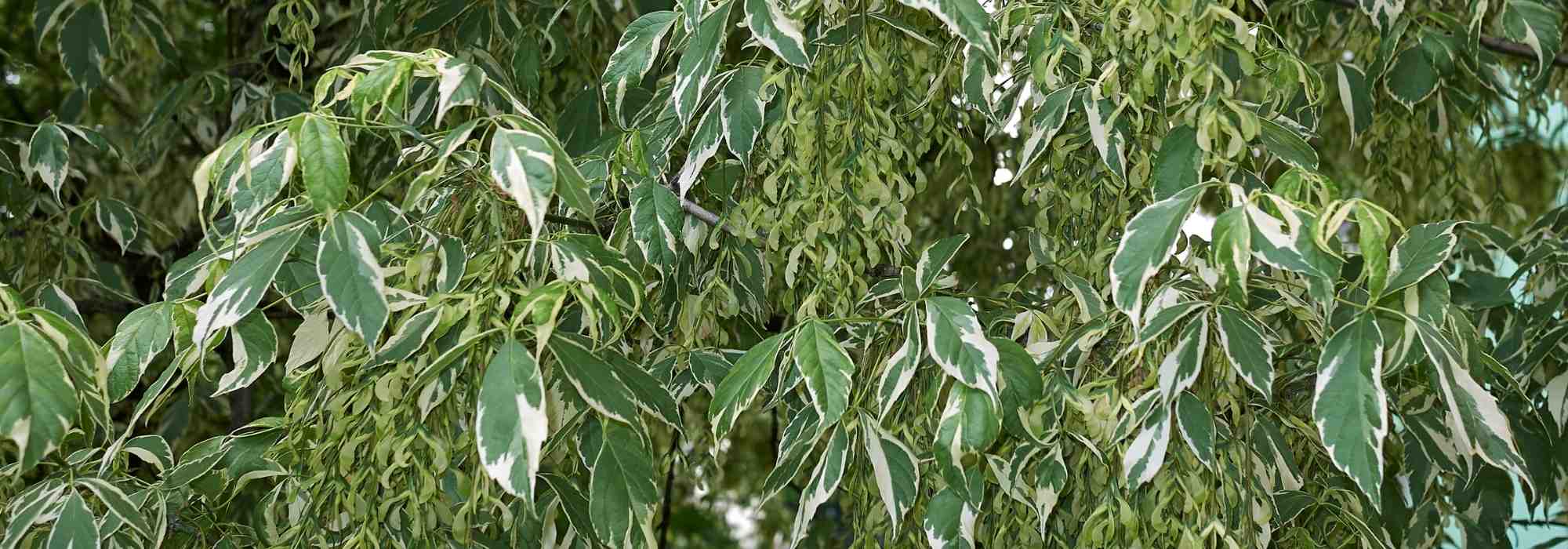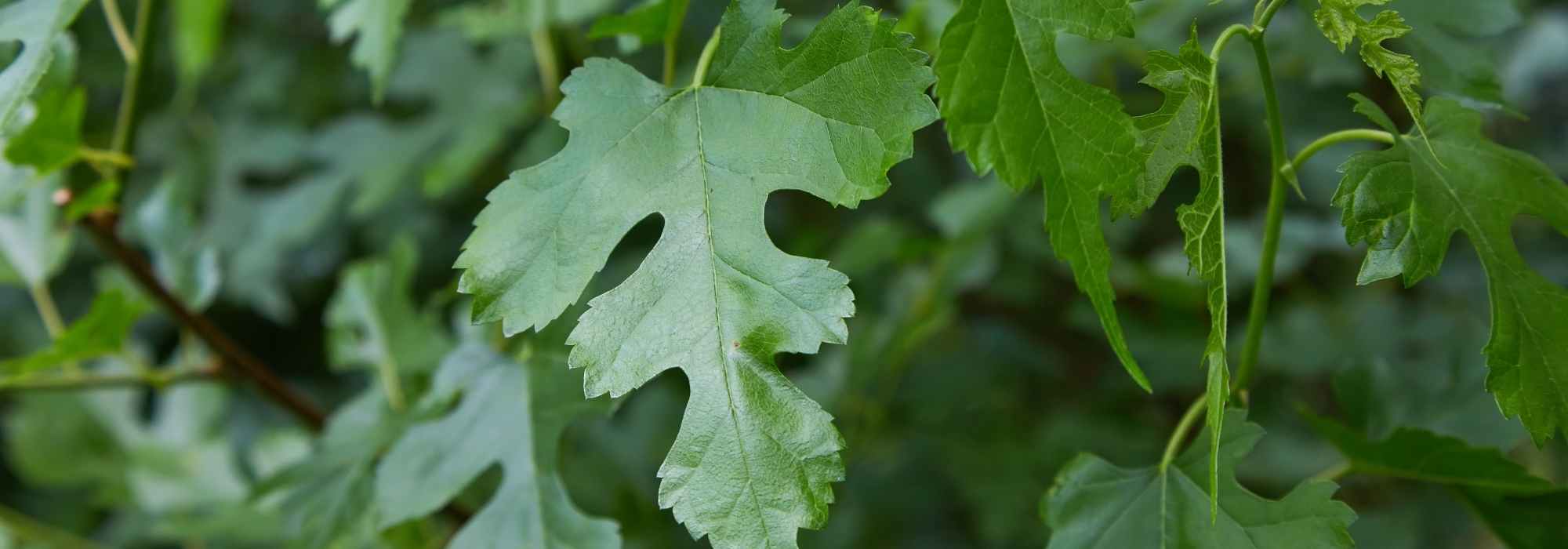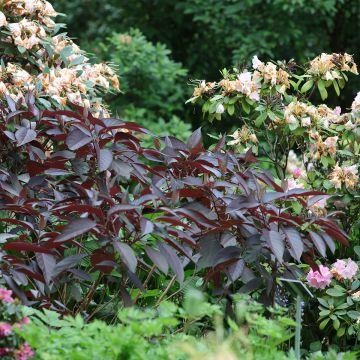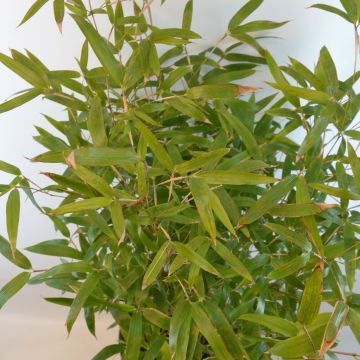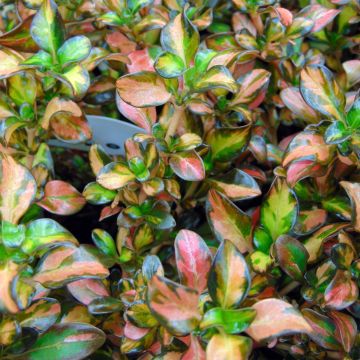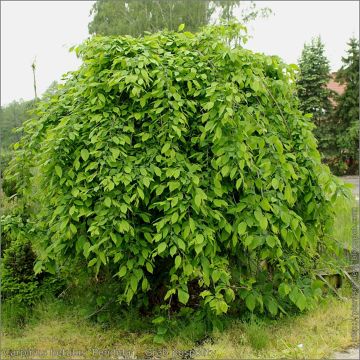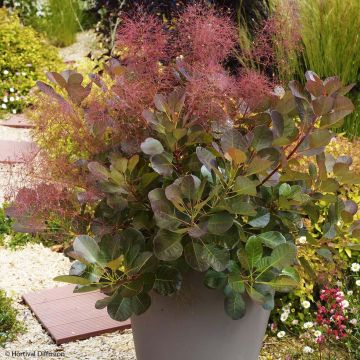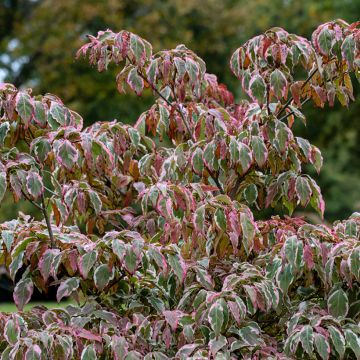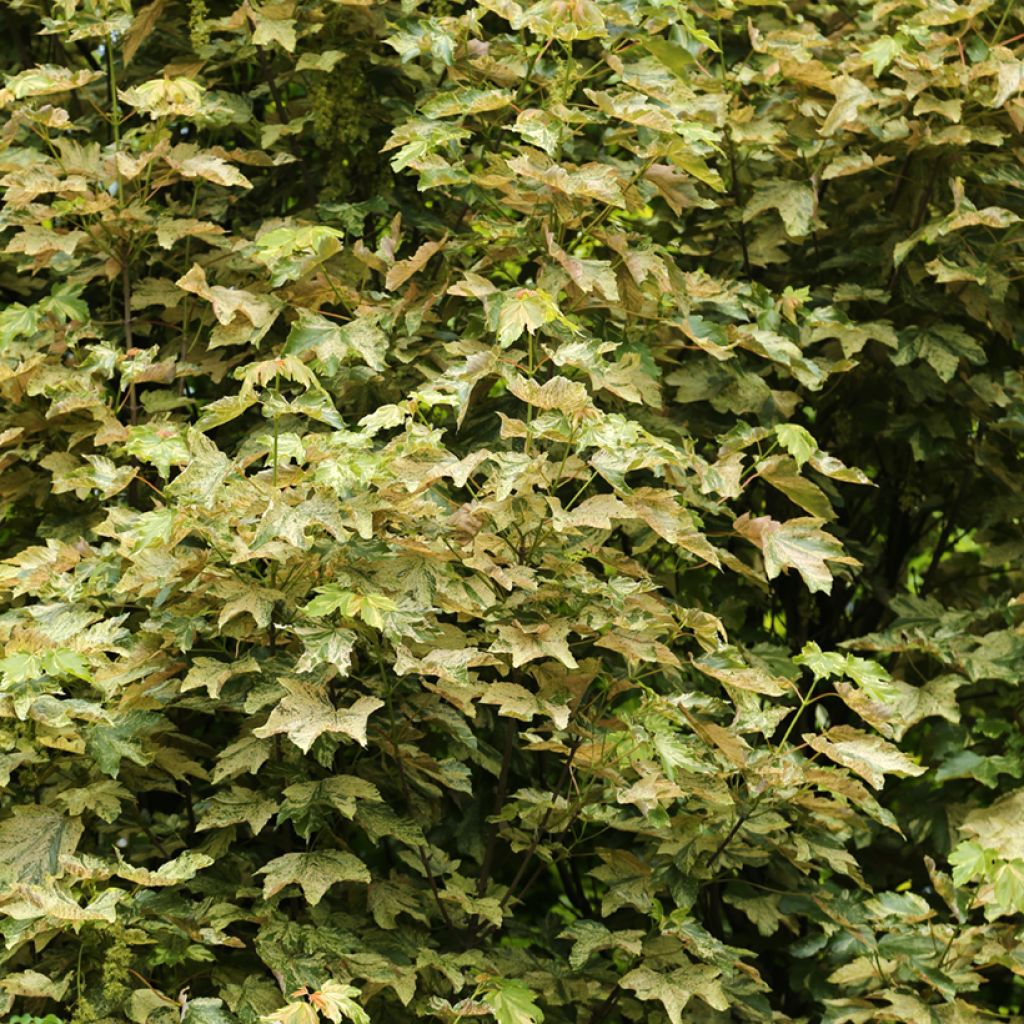

Acer pseudoplatanus Prince Camille de Rohan - Sycamore Maple
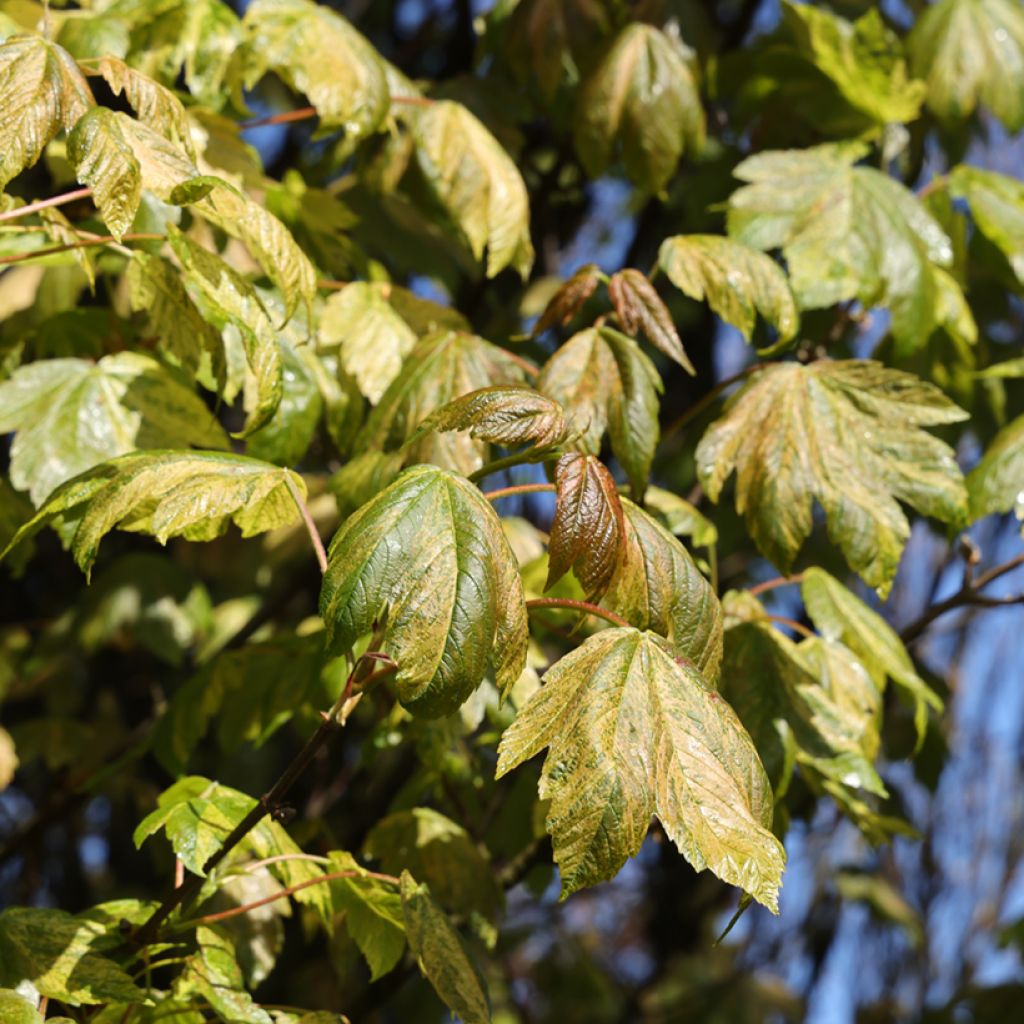

Acer pseudoplatanus Prince Camille de Rohan - Sycamore Maple
Acer pseudoplatanus Prince Camille de Rohan - Sycamore Maple
Acer pseudoplatanus Prince Camille de Rohan
Sycamore, Sycamore Maple
Special offer!
Receive a €20 voucher for any order over €90 (excluding delivery costs, credit notes, and plastic-free options)!
1- Add your favorite plants to your cart.
2- Once you have reached €90, confirm your order (you can even choose the delivery date!).
3- As soon as your order is shipped, you will receive an email containing your voucher code, valid for 3 months (90 days).
Your voucher is unique and can only be used once, for any order with a minimum value of €20, excluding delivery costs.
Can be combined with other current offers, non-divisible and non-refundable.
Why not try an alternative variety in stock?
View all →This plant carries a 24 months recovery warranty
More information
We guarantee the quality of our plants for a full growing cycle, and will replace at our expense any plant that fails to recover under normal climatic and planting conditions.
Would this plant suit my garden?
Set up your Plantfit profile →
Description
Acer pseudoplatanus 'Prince Camille de Rohan' is a highly ornamental Sycamore maple with beautiful palmate and variegated foliage that changes colours throughout the seasons. Starting in spring with shades of pink-orange, the leaves then display a variegation of various shades of green, creamy white, and a touch of pink. As they mature, the leaves turn purple on the underside, and in autumn, they yellow before eventually falling to the ground. Easy to grow in moist soil, this small tree tolerates both full sun and partial shade. It is extremely hardy and can be planted almost anywhere.
The Maple tree is the main member of the Aceraceae family, from which it derives its name, the only other genus is Dipteronia. The Acer genus comprises at least 150 species, native to the northern hemisphere (America, Europe, and Asia). They are primarily trees, but sometimes also shrubs, such as the popular Japanese Maples. Maples can be recognised by their double samara fruits (the "helicopters" of our childhood), as well as their opposite leaves. They are deciduous, with one exception (Acer sempervirens).
The wild Acer pseudoplatanus (also known as Sycamore or Mountain Maple) covers a range that extends from hilly regions to subalpine areas (up to 1500m altitude) in Europe, the Near East, and the Caucasus. This large tree can reach a height of 30m and live up to 500 years. It grows in fertile, moist soils, adapting to sunny locations while appreciating the partial shade provided by forest edges.
Acer pseudoplatanus 'Prince Camille de Rohan' is a sought-after variety for its particularly ornamental foliage, which changes colour throughout the seasons. It is a small tree that reaches maturity relatively quickly, after about 10 years of cultivation. Reaching approximately 7.50m in height with a spread of 4m, it forms a more or less regular spherical crown, sometimes even conical or pyramidal, with upright branches spreading at the base. Its canopy is relatively dense, giving it a beautiful silhouette, enhanced by planting it as a standalone specimen on a lawn. In spring, the buds elongate to reveal a bunch of young leaves in a salmon-pink to orange hue, which is quite charming. These leaves then unfurl into their palmate shape, while their colour evolves into a mix of various shades of green, overlapping each other and leaving room for patches of creamy white as the pink gradually fades. The variably sized leaves can reach up to 15cm and are carried by long petioles, which can be more or less red, creating a stunning contrast. The palmate leaf blades have five lobes, three main ones and two smaller lateral ones, with irregularly toothed margins. As the season progresses, the undersides of the leaves turn purple, adding to the ornamental interest of this variety. The upper part of the tree, well-exposed to the sun, remains variegated, while the lower, more shaded part may revert to varying degrees of green. Towards the end of the season, as the first autumn chill sets in, the deciduous foliage gradually turns yellow before falling to the ground. Flowering occurs around April, but is too inconspicuous to have significant ornamental value. However, the small yellow flowers are valuable for their nectar production and are arranged in pendulous terminal clusters. They are followed by distinctive fruits in the form of paired winged samaras, which twirl and fall like the blades of a helicopter when caught by the wind.
Sycamore maple 'Prince Camille de Rohan' is suitable for medium-sized gardens due to its moderate growth habit. It is extremely hardy and adapts to any soil that is sufficiently deep, well-drained, and not too dry. Its distinctive silhouette and colourful foliage are best showcased when planted as a standalone specimen on a lawn or in front of a backdrop of larger trees with dark foliage. You can also incorporate it into mixed borders alongside other ornamental plants, such as 'Straight Laced' Elder, a stunning medium-sized shrub with foliage that is almost black and deeply lobed, resembling herbaceous peonies, providing a striking contrast in both form and colour to your Maple. It also produces beautiful pink corymbs of flowers, which stand out against the dark foliage. Pairing it with a 'Golden Lady' Smoke Bush will enhance the vibrancy of your composition. This shrub forms a ball of foliage that fluctuates from orange-yellow in spring to yellow in summer before turning orange in autumn. To complete your composition, add a 'Virginal' Mock Orange, with its dark green foliage that enhances the colours of its neighbours, and enjoy its white, orange-scented flowers that will enchant you in June and July.
Acer pseudoplatanus Prince Camille de Rohan - Sycamore Maple in pictures


Plant habit
Flowering
Foliage
Botanical data
Acer
pseudoplatanus
Prince Camille de Rohan
Sapindaceae
Sycamore, Sycamore Maple
Cultivar or hybrid
Other Acer - Maple tree
View all →Planting and care
Acer pseudoplatanus 'Prince Camille de Rohan' should be planted in spring or autumn in deep, slightly moist soil. It tolerates most soil types, from moderately acidic to limestone, in sunny or semi-shaded locations. However, its variegated foliage generally tolerates the sun better than other varieties of the same type. It is extremely hardy, withstanding temperatures as low as -32°C. However, strong winds can occasionally damage its beautiful foliage. Keep the soil moist during the first two summers after planting. Mulching can be beneficial to maintain soil moisture, depending on the climate. Pruning is not necessary, simply remove dead wood in spring.
Canker is the main disease that affects maples.
Planting period
Intended location
Care
Planting & care advice
This item has not been reviewed yet - be the first to leave a review about it.
Similar products
Haven't found what you were looking for?
Hardiness is the lowest winter temperature a plant can endure without suffering serious damage or even dying. However, hardiness is affected by location (a sheltered area, such as a patio), protection (winter cover) and soil type (hardiness is improved by well-drained soil).

Photo Sharing Terms & Conditions
In order to encourage gardeners to interact and share their experiences, Promesse de fleurs offers various media enabling content to be uploaded onto its Site - in particular via the ‘Photo sharing’ module.
The User agrees to refrain from:
- Posting any content that is illegal, prejudicial, insulting, racist, inciteful to hatred, revisionist, contrary to public decency, that infringes on privacy or on the privacy rights of third parties, in particular the publicity rights of persons and goods, intellectual property rights, or the right to privacy.
- Submitting content on behalf of a third party;
- Impersonate the identity of a third party and/or publish any personal information about a third party;
In general, the User undertakes to refrain from any unethical behaviour.
All Content (in particular text, comments, files, images, photos, videos, creative works, etc.), which may be subject to property or intellectual property rights, image or other private rights, shall remain the property of the User, subject to the limited rights granted by the terms of the licence granted by Promesse de fleurs as stated below. Users are at liberty to publish or not to publish such Content on the Site, notably via the ‘Photo Sharing’ facility, and accept that this Content shall be made public and freely accessible, notably on the Internet.
Users further acknowledge, undertake to have ,and guarantee that they hold all necessary rights and permissions to publish such material on the Site, in particular with regard to the legislation in force pertaining to any privacy, property, intellectual property, image, or contractual rights, or rights of any other nature. By publishing such Content on the Site, Users acknowledge accepting full liability as publishers of the Content within the meaning of the law, and grant Promesse de fleurs, free of charge, an inclusive, worldwide licence for the said Content for the entire duration of its publication, including all reproduction, representation, up/downloading, displaying, performing, transmission, and storage rights.
Users also grant permission for their name to be linked to the Content and accept that this link may not always be made available.
By engaging in posting material, Users consent to their Content becoming automatically accessible on the Internet, in particular on other sites and/or blogs and/or web pages of the Promesse de fleurs site, including in particular social pages and the Promesse de fleurs catalogue.
Users may secure the removal of entrusted content free of charge by issuing a simple request via our contact form.
The flowering period indicated on our website applies to countries and regions located in USDA zone 8 (France, the United Kingdom, Ireland, the Netherlands, etc.)
It will vary according to where you live:
- In zones 9 to 10 (Italy, Spain, Greece, etc.), flowering will occur about 2 to 4 weeks earlier.
- In zones 6 to 7 (Germany, Poland, Slovenia, and lower mountainous regions), flowering will be delayed by 2 to 3 weeks.
- In zone 5 (Central Europe, Scandinavia), blooming will be delayed by 3 to 5 weeks.
In temperate climates, pruning of spring-flowering shrubs (forsythia, spireas, etc.) should be done just after flowering.
Pruning of summer-flowering shrubs (Indian Lilac, Perovskia, etc.) can be done in winter or spring.
In cold regions as well as with frost-sensitive plants, avoid pruning too early when severe frosts may still occur.
The planting period indicated on our website applies to countries and regions located in USDA zone 8 (France, United Kingdom, Ireland, Netherlands).
It will vary according to where you live:
- In Mediterranean zones (Marseille, Madrid, Milan, etc.), autumn and winter are the best planting periods.
- In continental zones (Strasbourg, Munich, Vienna, etc.), delay planting by 2 to 3 weeks in spring and bring it forward by 2 to 4 weeks in autumn.
- In mountainous regions (the Alps, Pyrenees, Carpathians, etc.), it is best to plant in late spring (May-June) or late summer (August-September).
The harvesting period indicated on our website applies to countries and regions in USDA zone 8 (France, England, Ireland, the Netherlands).
In colder areas (Scandinavia, Poland, Austria...) fruit and vegetable harvests are likely to be delayed by 3-4 weeks.
In warmer areas (Italy, Spain, Greece, etc.), harvesting will probably take place earlier, depending on weather conditions.
The sowing periods indicated on our website apply to countries and regions within USDA Zone 8 (France, UK, Ireland, Netherlands).
In colder areas (Scandinavia, Poland, Austria...), delay any outdoor sowing by 3-4 weeks, or sow under glass.
In warmer climes (Italy, Spain, Greece, etc.), bring outdoor sowing forward by a few weeks.
































